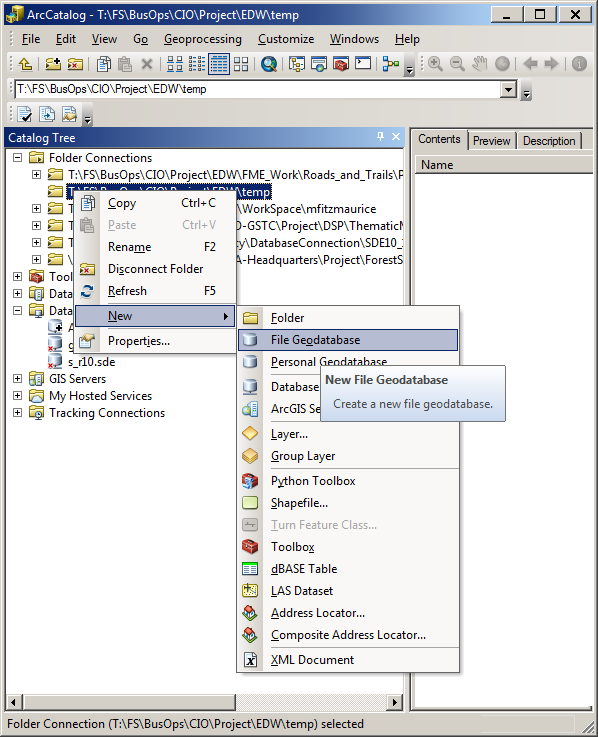



In the case of a nonspatial table (in other words, a typical attribute table), these are sometimes referred to as "aspatial" or nonspatial objects. In the case of feature classes, the object in each row is a feature and the shape column holds the feature's geometry (such as a point, line, or polygon). Each column has an associated type, such as an integer number, a real number with decimal places, a text field, a date field, a shape field, or similar binary field, to hold more sophisticated structures such as feature geometry or imagery, an XML field, and so forth.Įach row in a table can be considered as an object, and the fields hold the descriptive properties of each object. The same fields (or columns) appear in each row. Each row has a series of fields with values. In ArcGIS, a table has a series of rows and columns used to store descriptive information. Tables are also the mechanism that is used to store feature classes and raster datasets in each geodatabase. GIS users employ tables to store descriptive attributes. Tables represent one of the three key dataset types in GIS, along with feature classes and image datasets (referred to more generally as raster datasets in ArcGIS).


 0 kommentar(er)
0 kommentar(er)
